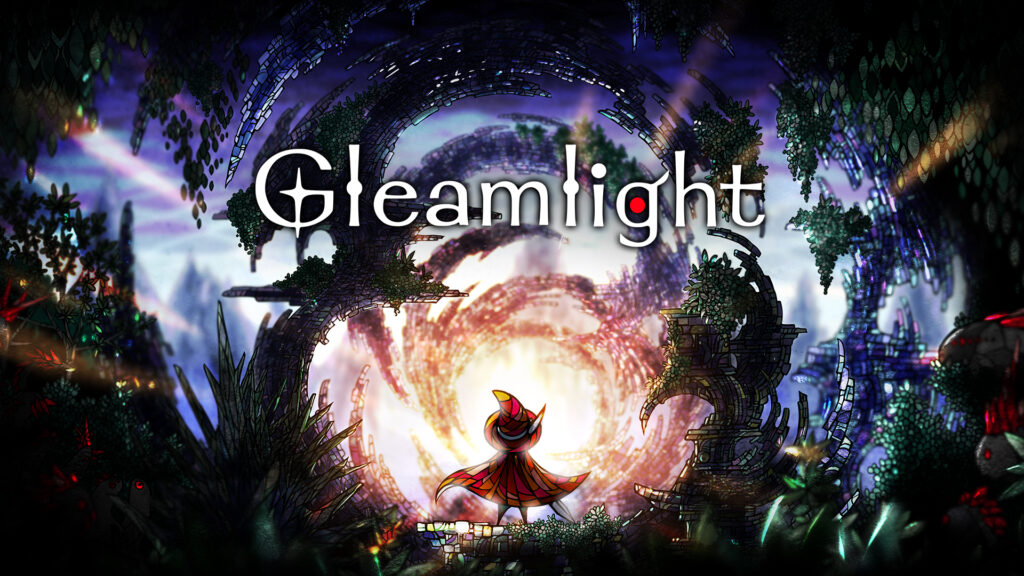
You may not have heard of Gleamlight, the recently released platform game from DICO Games and D3 Publishing. DICO (or Developers for International Communication) is a relatively unknown company that focuses on development and localization, mostly of mobile and web-based games. Weirdly, they’re actually a part of the trading arm of the Toyota Group. You know, the guys that make all those cars. Recently, they partnered with Koji Igarashi on Bloodstained: Ritual of the Night and now they’ve released Gleamlight, another game that features stained glass. Perhaps a bit on the nose, but this is a game that’s all its own.
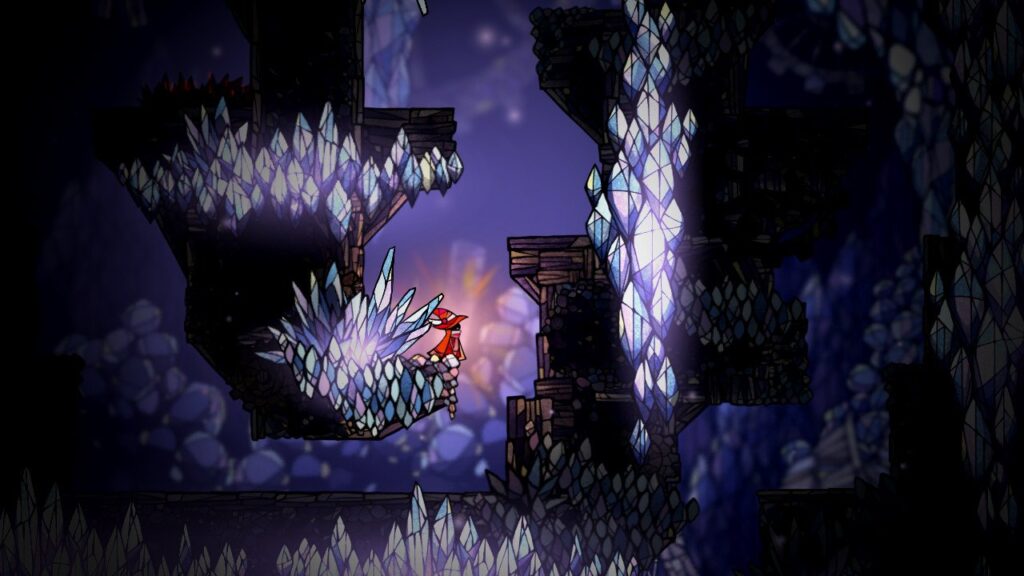
At this point, it’s important to note that if you read this review, you will read spoilers about the design elements of Gleamlight. This is a game that is designed for you to discover things entirely on your own and figure them out. Even reviewing Gleamlight is a form of spoiler that may ruin the experience for some players as this is as much an art piece as a platformer. In short, this review contains spoilers! You have been duly warned.
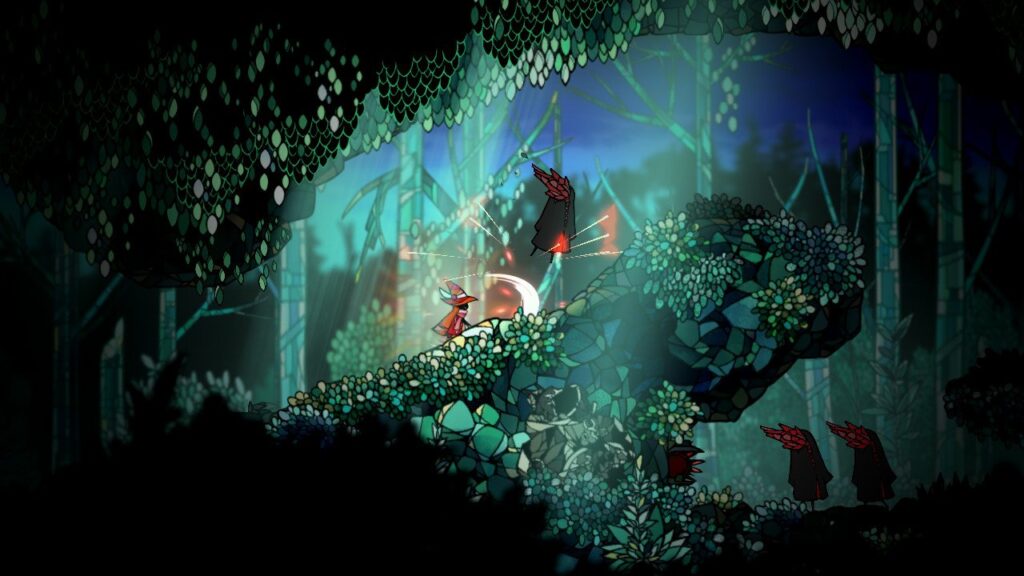
Gleamlight is unique in the fact that it assumes that you’re a competent gamer who can use logical, critical thinking, and experimenting to figure out how to play. There’s no tutorial. There’s no controller configuration screen. There are no prompts of any kind, and no HUD. You have to figure out what to do entirely on your own. Initially, this is a bit surprising, especially when the game superficially has more than a passing resemblance to Hollow Knight, even with the glass and crystal motif. Your main character also looks copyright-infringingly like a stained-glass version of Orko from the original He-Man and The Masters of The Universe cartoon, but it also makes him (her?) slightly more endearing. There’s not a single spoken or written bit of dialogue in the whole game and that complete immersion level is a refreshing change from the crowded prompting of most games.
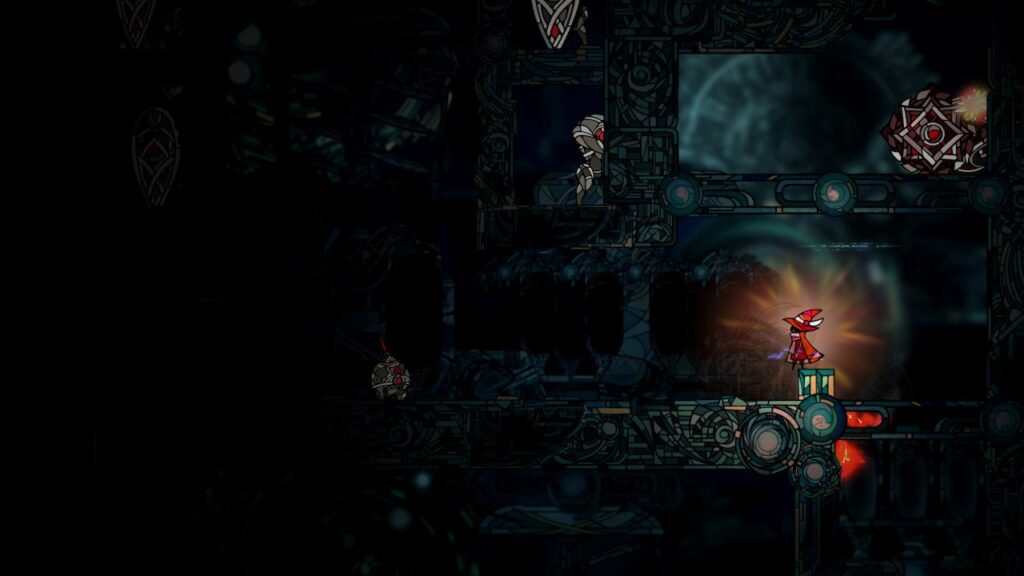
Many players are likely to be put off by Gleamlight because it’s so far outside of the norm for this kind of game. There’s no way to tell that you’ve gained a new skill for example. But at some point, you end up stuck and have to figure out how to proceed. Entirely by accident, you may discover that you can twirl through crystalline spikes at a button press. Or you might just rage quit. Everything can be solved in Gleamlight with patience and dedication, but there are no visible rewards for doing so, other than personal satisfaction. This complete lack of modern accomplishment-based gaming is fantastic. It eschews the standard and forces you to pay attention to what’s going on, rather than what you have to do next, and it’s an approach that works. But if you didn’t grow up with early patience-testing games like some of us older gamers, it’ll be tough and frustrating. Just look at some of the vicious Steam reviews if you don’t believe it. People are actually complaining that the game didn’t tell them to pick up the protagonist’s sword, literally the only thing on screen in the beginning of the game.

Gleamlight is about subtlety. It shows you what to do, or it leaves you in an obvious spot, but it doesn’t tell you or force you into doing it. Most areas have multiple pathways of various difficulties, but you don’t really get anything for making it hard on yourself. If you take damage, enemies steal your light and you dim until eventually you shatter and have to start over. If you hit them back, you reclaim your light and eventually glow brighter, indicating you’re at maximum health. Interestingly, there’s no value in grinding enemies here. Once you’re at maximum light, you’ve done all you can. Simple avoidance is just as effective and you can skim past enemies wholesale, plummeting down into the glowing caverns with barely a fight in some areas.
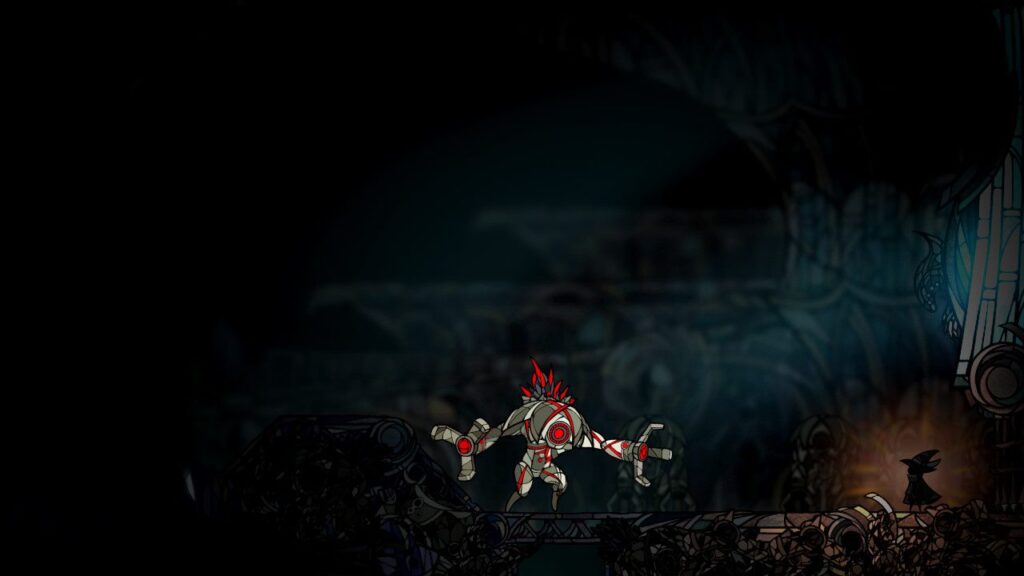
Occasionally there are bosses which pop up as you explore. In the beginning, they present very little challenge, but they’re beautiful and well-designed. In fact, nothing is really hard about Gleamlight. You can blow through the game in about one to two hours depending on your gameplay style. Or can you? To give you a clue, the developers tossed in was an achievement screen labeled “Sword’s Memories” in the options menu. This lists all the things you’ve accomplished during your playthrough and it’s the only nod to modern gaming present. Once you’ve beaten the boss at the bottom of the caverns and finished the game, the credits roll. If you then look in the Sword’s Memories, it implies that perhaps there’s more to see. Additionally, when loading your game after closing it, the save screen shows all the abilities you’ve gathered, so if you haven’t learned them all, at least you know how many you have.
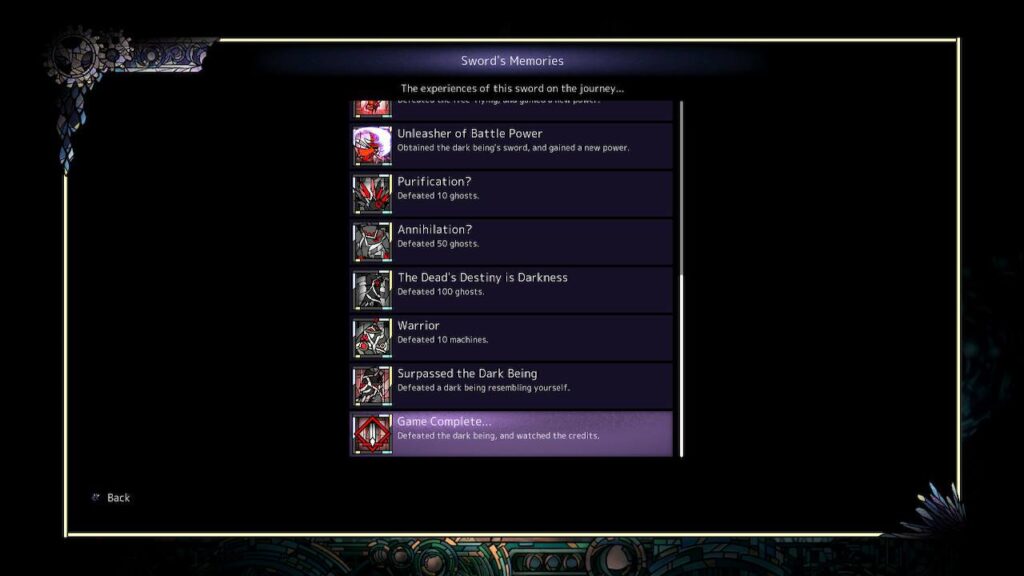
As noted in the beginning of this article, we are now at an absolute spoiler in terms of self-discovery and if you are interested in Gleamlight by now, STOP READING HERE and go play the game. We haven’t even gotten to how good the music and graphics are in the game (both are excellent), but if it’s you’re kind of thing, you’ll know by now. You’ll like it. It’s good. It’s different. It’s a fair bit shorter than it should be. But read on at your own peril. This is the last warning you’ll get.
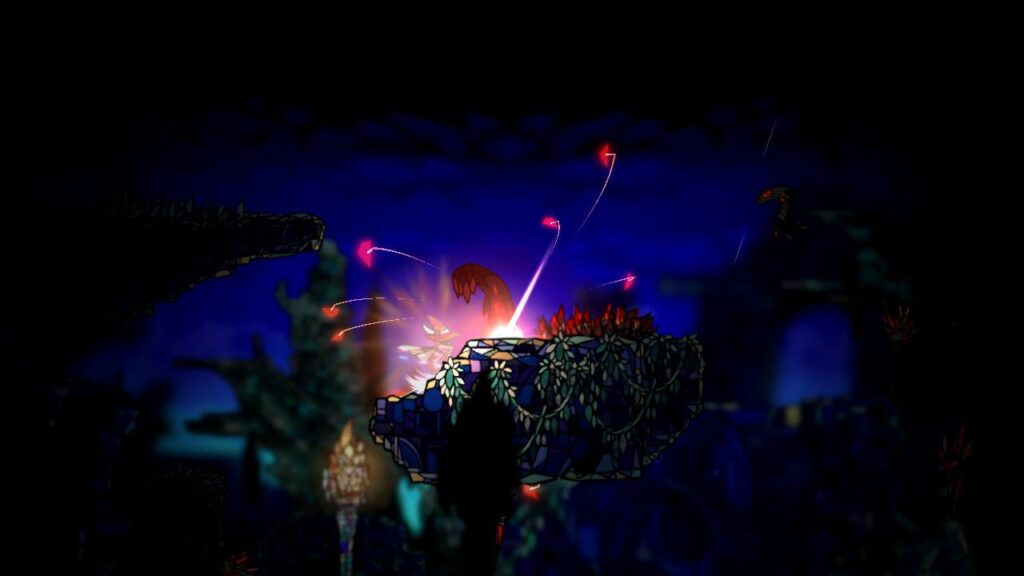
Once you finish the game and the credits roll in Gleamlight, you’re not quite done. The game eventually kicks back to the intro screen and allows you to start a new game. That’s when things really get interesting. A new game at this point actually starts you in the room where you ‘completed’ the game, but rather than going down, you’re now returning along the paths you trod to get there. However, they’re not quite the same corridors, with a multitude of new and more aggressive enemies, a plethora of new bosses, and some new challenges and powers to get where you’re going. Everything is designed in a natural progression forcing you along a path, but it still feels like you’re doing all the exploring and returning feels fresh and new with the much more difficult challenges you face.
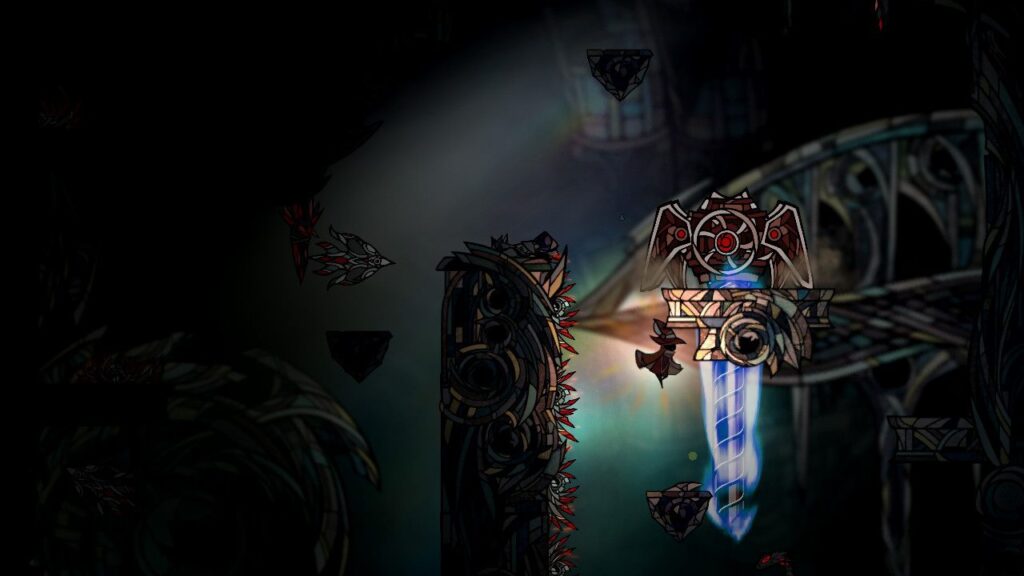
Eventually, you’ll make your way all the way back up and the difficulty ramps right up along with your escape. By the time you reach the final boss, you’ll end up being a lot more challenged than you were on the way down, but it’s still not a long journey, another hour or two. Beat the final boss, and it’s the end. Or is it? Gleamlight has even more to reveal if you’re hunting through and trying to delve all its secrets and there’s no reason all should be revealed here.
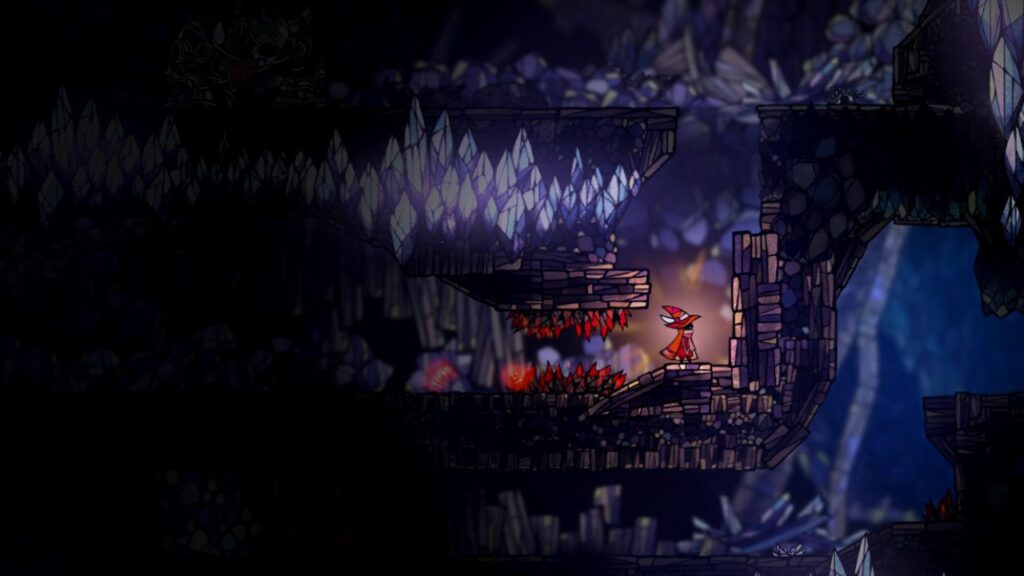
Visually, this is a stunning game, with gorgeous glass and crystal creations and unique enemies everywhere. Each one has unique attacks too, and nothing feels too stale. The sound design is excellent with glass sounds shattering everywhere and a peaceful, contemplative soundtrack that would feel at home in a cathedral. The music stays excellent across the board, ratcheting up in tense situations, and back to an almost zen state in others. The game sounds especially good with headphones on in undocked mode on the Switch, feeling like you’re lost in the caverns yourself.
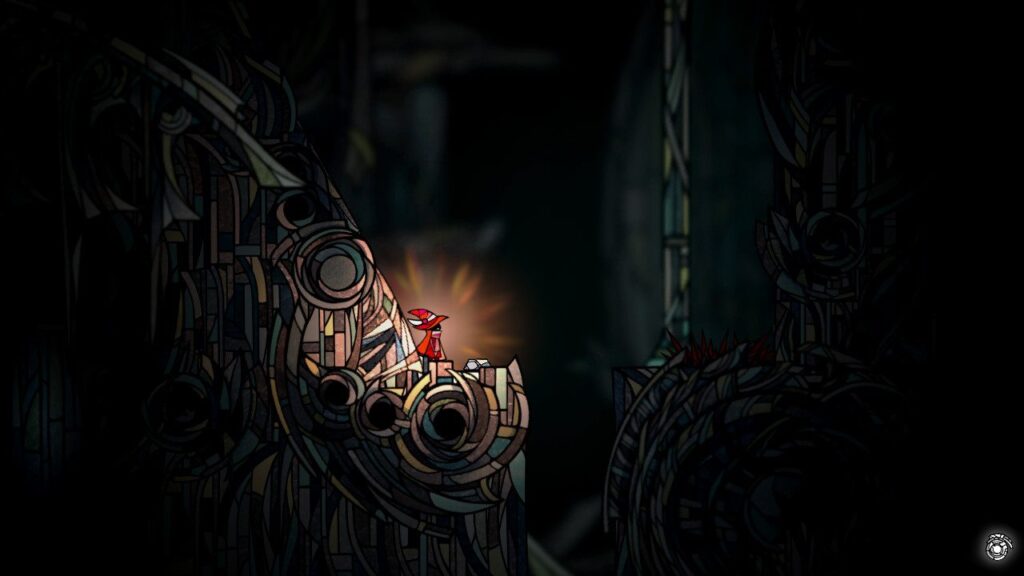
Looking at the gameplay itself, Gleamlight manages to create an experience that has tight controls with minimal frustration. Your character controls well, moves quickly, and has no hesitation, a definite plus in some of the tight quarters you’re forced to fight through. While you have to figure out how to use your powers on your own, they’re all fairly intuitive and well-designed, becoming useful pretty much as you gather them. While the game resembles Hollow Knight superficially, it doesn’t feel like Hollow Knight at all, and once you’ve played a bit, comparisons are absolutely meaningless. There’s no derivative gameplay here and Gleamlight absolutely stands on its own as an original work.
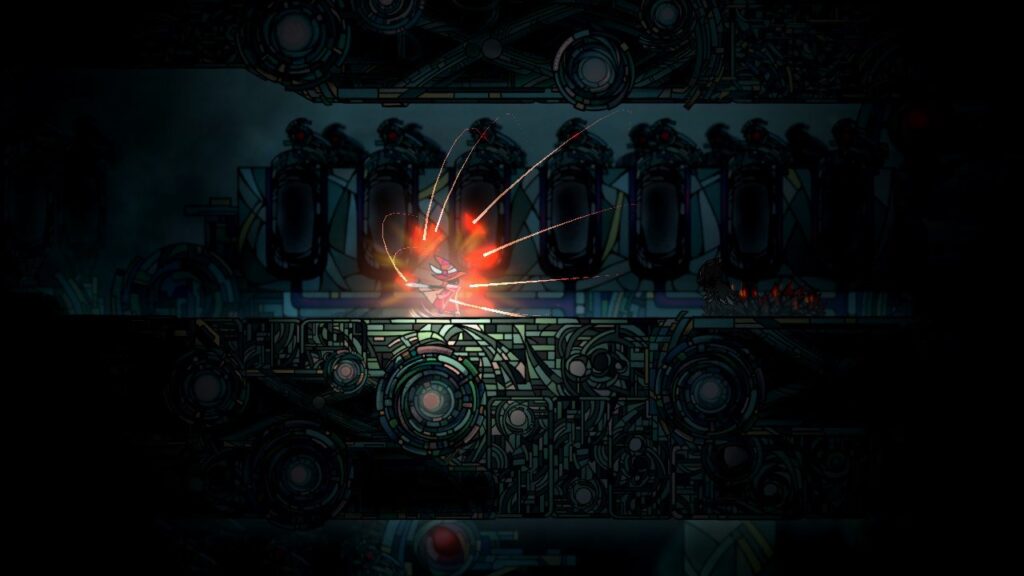
While this is an excellent game in many aspects, one of the places it definitely falls short is the price. To finish Gleamlight, you’re looking at under 5 hours if you’re skilled. Twenty bucks is a steep price to pay for a game that won’t last you more than an afternoon, even if that afternoon is fun, and Gleamlight won’t appeal to everyone. Not everyone will get it and as a novelty game with a length like this, $10 would be a better price point. It’s beautiful and fun, but it’s not deep or lengthy and there’s so much content out there these days that this is a tough sticking point on a game that’s worth experiencing. Not everyone will like Gleamlight. It has a fascinating minimalist approach, some interesting secrets, and an eye-popping graphical style, but it’s simply not a mainstream title and the price point is too high for what you get. However, Gleamlight is a gorgeous game, dripping with style and filled with tight, enjoyable gameplay. You just have to take the time to find it.
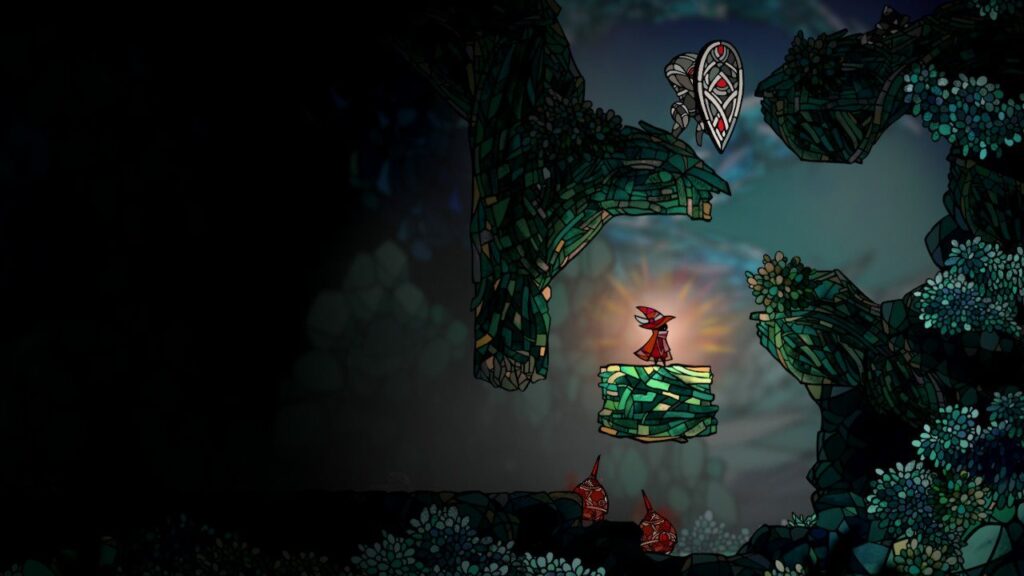
This review is based on a digital copy of Gleamlight provided by the publisher. It was played on a Nintendo Switch in both docked and undocked modes and was excellent in both. Gleamlight is also available on PS4, Xbox One, and PC for Steam. All pictures are of actual gameplay.

